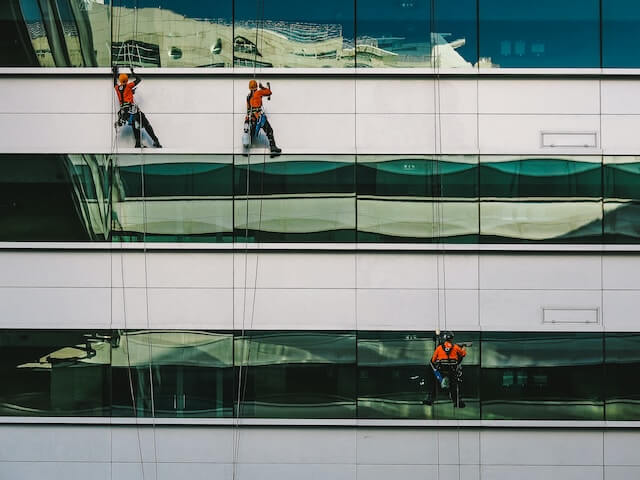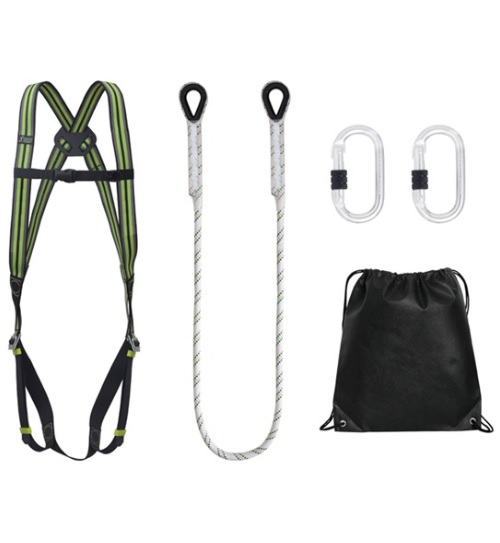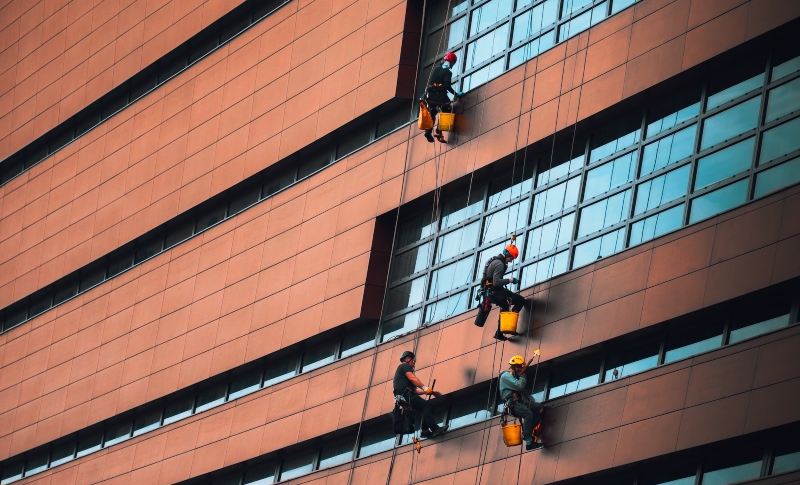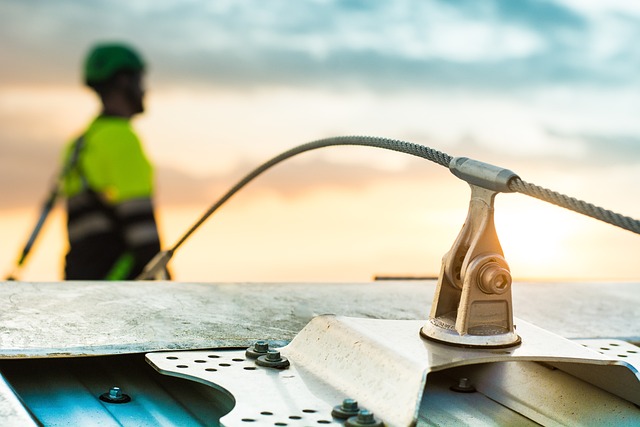
Working at height comes with an increased risk of injury. This begs the question, is there a minimum height from which a worker can fall without injury?
More...

Following working at height safety tips can help keep you safe when working, so we've put together this list of the most important tips. For example, one tip is that we suggest you familiarise yourself with rescue procedures before you start working!
Working at height is a common requirement in the construction industry. This includes any work where you could fall from one level to another and potentially sustain an injury. Unfortunately, working at height is one of the leading causes of on-the-job injuries. This is why it's so important to follow working at height safety tips like these.
Working at height is risky even if you’re not that far off the ground. Because of this, there are lots of rules and guidelines in place to help workers stay safe while operating at height. In this blog post, you’ll find some key working at height safety tips to help you feel more confident when you’re working on a rooftop, ladder, or elevated work platform.
More...

If you’re working at height, you may benefit from using a safety harness kit. Whatever your task is, we’ve got the kit for you.
But what’s in a safety harness kit? Read on to find out more.
More...

If you work at height, whether it be once a year or multiple times a month, you have a duty to partake or provide working at height harness training. This is a legal duty under The Health and Safety at Work Act of 1974. It is essential that anyone who works from height is 'competent' in doing so.
Read on to find out more about work at height training and why it's important for the health and safety of yourself and your peers when working at height!
More...

At Safety Harness Direct, we understand and care about your safety when working at height. If you work at height frequently, you will be well aware of the risks that come with this type of work. To give you the essential information you need to safely work at height, we have compiled all of our working at height guidance into one handy guide for your convenience.
More...

